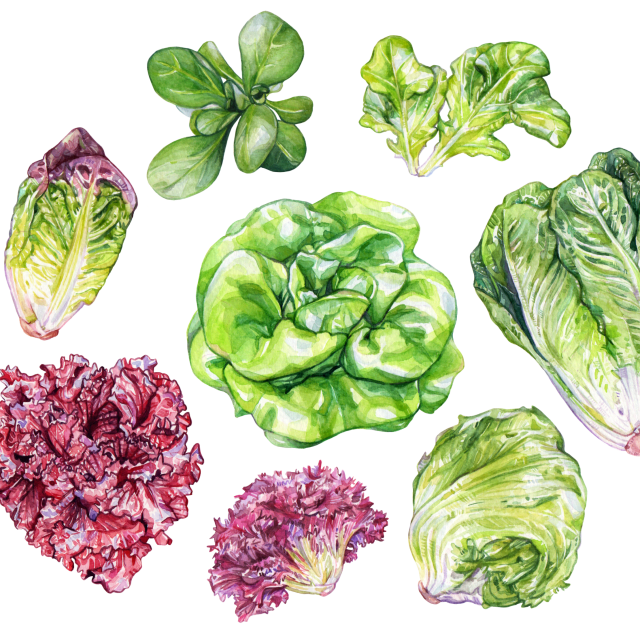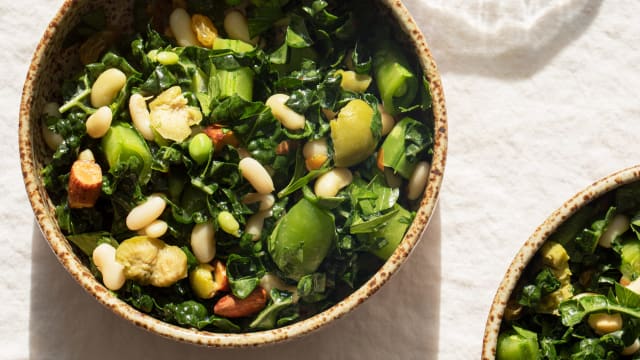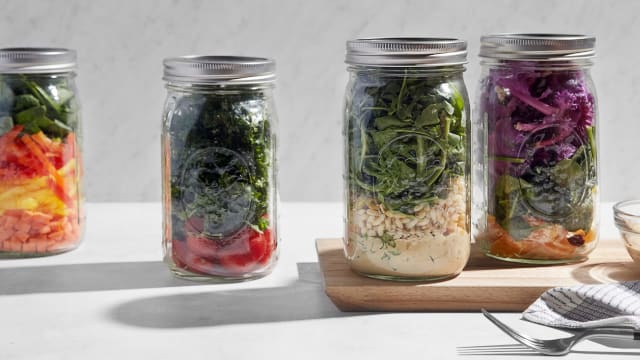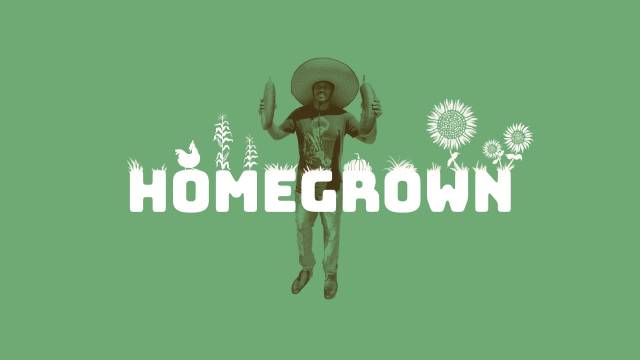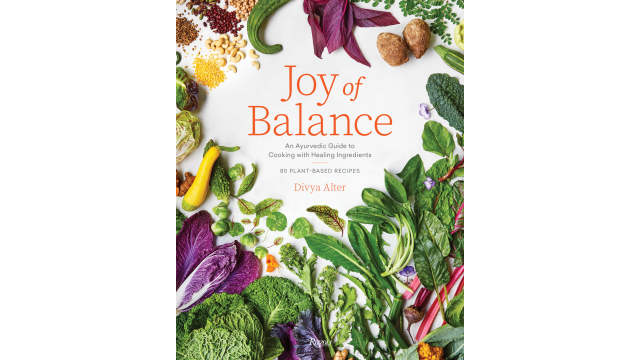Kale
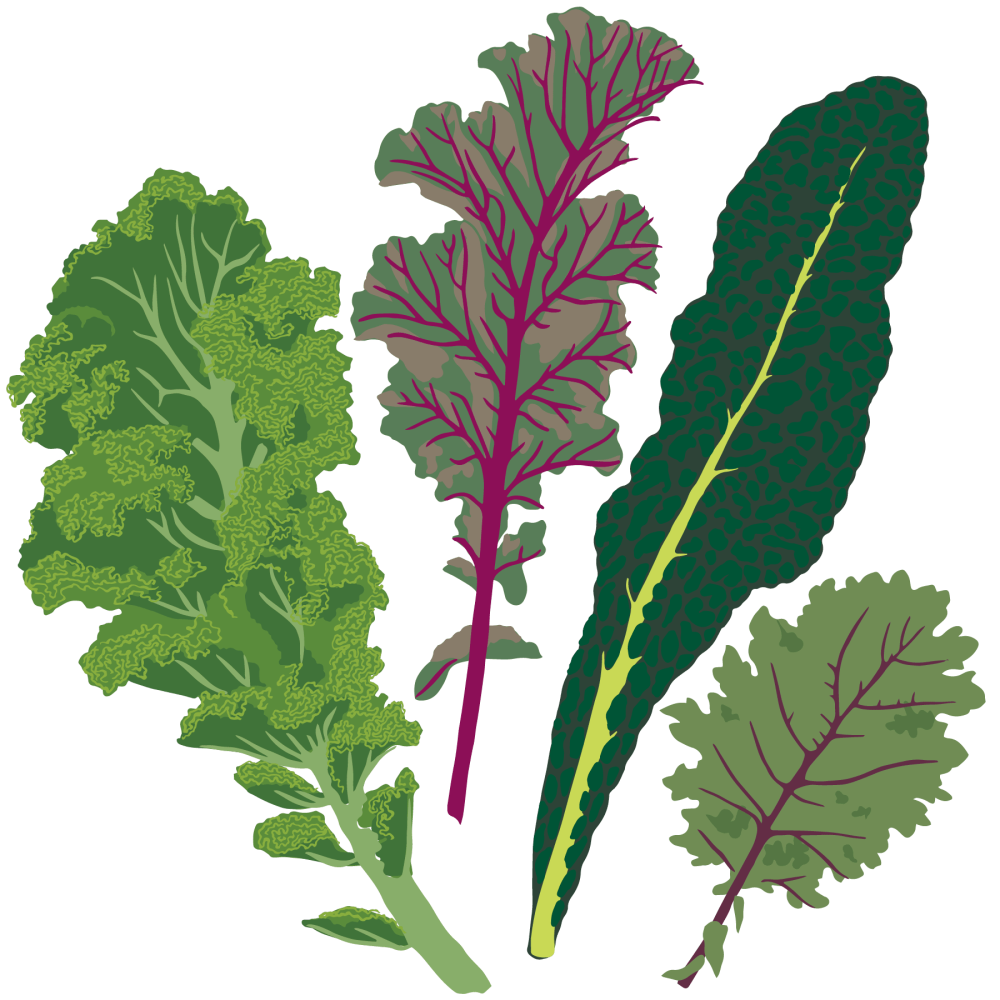
Latin name: Brassica oleracea
Uses: vegetable
What is kale?
Kale is a leafy green in the cabbage family that comes in a variety of shapes and colors, from dark green and nubbly to reddish-purple and frilly. Kale is in the Acephala (“headless”) Group of the cabbage species, along with collards.
Why is kale healthy?
Kale’s reputation as a nutritional powerhouse is well-founded; it has over 45 flavonoids and antioxidants. High in vitamins (A, C, and K) and minerals (calcium, potassium, copper, and manganese) it also contains an optimal balance of omega 3 and 6 fatty acids. Studies have shown kale to help prevent coronary artery disease and inhibit some cancerous growth. From your eyes to your liver, kale is a powerful ally.
What does kale taste like?
Kale has an earthy, grassy-green flavor with a mild cruciferous pungency and a sturdy texture that holds up well to cooking. Tuscan and curly kale have a more pronounced flavor and texture, whereas “Russian Red” (and any baby kale) is milder and more tender.
How do I use kale?
Give kale a good rinse and tear the woody midrib out of the leaves before using; finely dice the tough stem before using, because it takes a little longer to cook. Like most foods, salt, fat, and acid will make it taste better. Kale is also complemented with intense flavors like miso, smoke, chile, ginger, garlic, and onions.
What does kale pair well with?
Kale is best with other winter ingredients like lentils or white beans, potato dishes, and creamy gratins and sautés (which will replace your favorite creamed spinach and saag recipes). It’s wonderful in soups and stews because it won’t disintegrate during cooking. Kale salads don’t seem to be going anywhere; they usually include pumpkin seeds, crumbly cheese, and dried cranberries, all of which pair well with the greens. (You can also bake kale to make “chips” but honestly you deserve better than that.)
Where does kale grow?
Like its kin, kale originated in the Mediterranean and Asia Minor, and is a cool-season crop that tastes better after a frost. Hot weather not only causes bolting, it’s also when kale’s pests — aphids and cabbage moths — flourish. Today, China exports the most kale worldwide, with the United States coming in second place.
How to buy kale:
Buy bunches of whole stalks if you can (make sure they’re not yellowing or covered in aphids) and stash them in your crisper drawer, wrapped in a damp paper towel and in a produce bag, where they’ll keep for about a week. (If you buy bagged chopped kale try to use it within a few days.).
Fun kale fact:
In Northern Germany, people celebrate the new year with Grünkohlessen — a tradition where groups of people follow a designated route on a Kohlfahrt (“kale walk”), towing a wagon loaded with alcoholic beverages, engaging in drunken rounds of the game Boßeln (basically lawn bowling), and imbibing Schnapps at regular intervals. The walk culminates with a boisterous, kale-centric feast, and the crowning of the Kohlkönig (“cabbage king”) — who is chosen by how much kale (by weight) they’ve eaten during the event.

